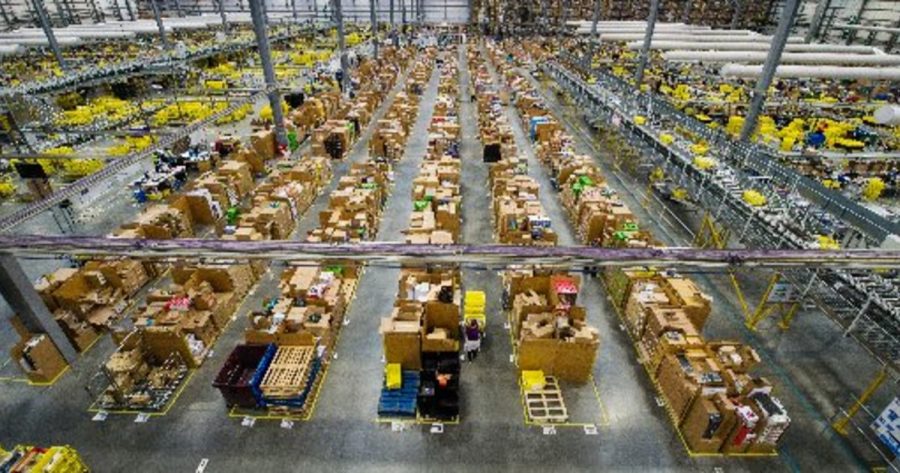How Small Businesses Adapt and their Purpose in the Growing Market
There is a reason you hear them on the news
Small businesses have existed for hundreds of years as a substantial piece of the job market. Starting from the norm, they have continued to serve their respective markets and gave way to bigger and more substantial name brands. However, with a recent incline in inflation, small businesses and ownerships have been threatened by the rising costs of wages, materials, and utilities. This has greatly affected their ability to continue to serve the public and some large corporations have collapsed as a result (Chuck E’ Cheese, Kraft, Hostess, etc.). In response to the economic problems, small businesses have employed multiple strategies and tools to cope with the increased price.
A common solution is to raise the costs and rely on the consumers to pay for the increase. According to a 2021 survey by “Business.org”, 89 percent of businesses have stated that they have raised their prices as a result of these costs. Consumers are struggling to keep up and pay for these goods and services, with some people no longer paying for them. Although it is negatively affecting customers, competing companies are able to raise prices while maintaining customers and profits if their competition is doing the same as well. This cycle of increase has kept small businesses afloat within communities that have no other alternatives.
Another solution to this problem is to expand their source of income. In a struggle with competition and inflation, an alternative to the first option is to seek other ways to gain a profit or reach consumers. For instance, a shoe company could advertise their product by purchasing ad spots on an online forum or a physical advertisement option. This option is a gamble and can sometimes bankrupt the company if they aren’t careful on where they select to display their product or name or how much they invest in it. As such, this lesser known alternative is only employed in especially desperate scenarios.
In terms of contribution to the market, there have been a large number of misconceptions about small businesses. For instance, contrary to popular belief, small businesses don’t always create jobs. In the 2023 Small Business Statistics done by Forbes, an astounding 80 percent of small businesses don’t have a sing employee and 16 percent only have 1 to 19 employees currently hired. Nevertheless, small companies have still contributed to over two-thirds of all jobs made in the past 25 years and still hold a resounding 46.4 percent of all US employees.
These statistics have solidified local businesses as a crucial employer and an area of great interest/study. During the Great Recession, it was difficult for small businesses to recover from losing consumers and after effects from the crisis still show to this day. However, due to its extremely large employee population, the introduction and stability of small businesses have regularly been pointed out, discussed, and debated. Politicians and movements have expressed their concern and called upon the public to support these businesses with monetary donations or volunteering, like how schools require service hours to successfully graduate and publicly-available small business loans.
As such, it is now up to the new generation to supply a workforce and preserve the success of small business. Whether it be in a small corner shop that sells pizza or the politicians fight in congress, volunteering, donating, and learning economics can contribute to the survival of the largest employing class of companies in the modern market.
Related Stories:
Take Action:











